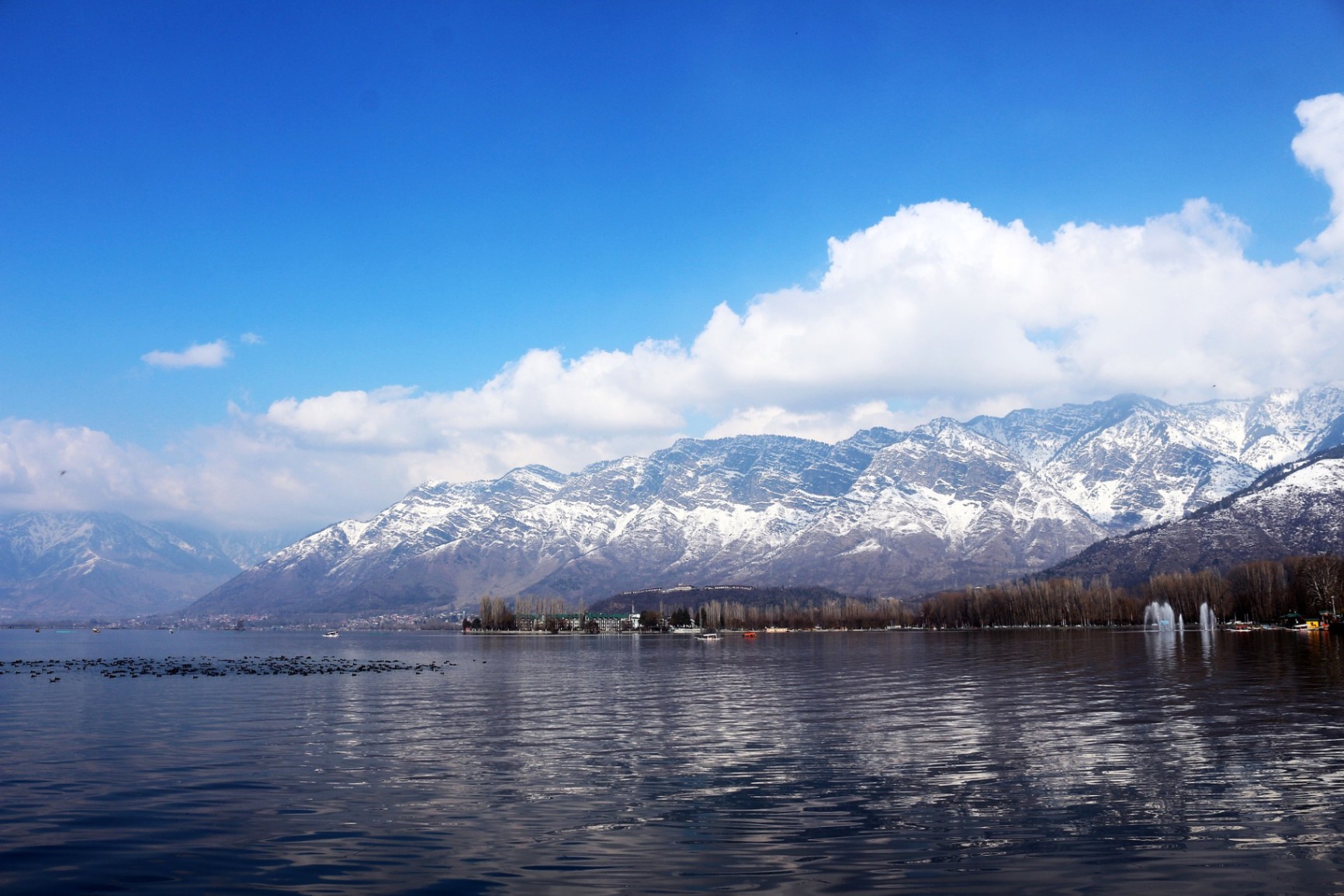In this blog, we’ll discuss something interesting. A technology that is being built around a natural resource. A lake.
See, if you’ve got money you want to use later, you got many options from the bank to store that money. Similarly, if you’ve got grocery items, you can keep them on a kitchen shelf and use them when required. Even for water, you’ve got tanks to store them. But what about electricity?
Electricity is not easy to store and use for later, especially on a large scale. Electricity is something synonymous with “flow”. We don’t usually associate it with sitting in a place unless stored in a, you know the answer.(battery)
But let’s first talk about the “flow” quality of electricity.
Electricity at the utility scale or grid scale is often generated in real-time, meaning it will be generated in such a way that it maps to the demand from the consumers.
To generate electricity, we’ve got different sources of electricity dominant like coal, gas, oil, solar, wind and nuclear. Each of the sources is different in the way electricity is generated.

Solar is generated only during day times and wind has fluctuations in generation depending on available wind speeds.
The other sources also have a few limitations in the way they operate internally. In India, it takes about 4–8 hours to start up a coal plant if it was shut for more than half a day; for hydropower using dams, it takes about 30min to 1 hour.
By now you might have understood the coordination required from different sources and different times of the day to make sure our electricity demand is met 😫.
What if we have more generation than demand during certain times of the day and more demand than a generation at other times?

It is not wise to shut capacities when excess generation is possible and have power cuts when generation is unable to meet the demand, right?
You need batteries to store this excess electricity generated (the red region in the above picture) but they are a costly affair when storing utility-scale electricity. As per an estimate by Berkeley Lab, it costs about INR 10k to store one unit.
Also, there are huge material and land costs involved to set up such systems.
As Somit Dasgupta (senior visiting fellow at the International Council for Research on International Economic Relations (ICRIER) tells Mongobay India) says, “The country (India) has yet to have a good history of its success. Currently, the price of batteries is rising and stands around Rs. 8–10 per unit (1 kilowatt-hour), and their price is dynamic depending on changing geopolitics and other reasons. PSP is a domestic and viable solution. Although it does not have the benefit of mobility like BESS, it can thrive until the costs of BESS become cost-competitive,”
So, we will be needing batteries that can work at scale and for the long term with little maintenance costs.
What if we could use lakes instead?
How is that even possible??
Or is it?
Lakes are a natural resource which involves little maintenance costs. The below picture is how the setup would like.

When generating excess electricity, this excess will be used to pump the water to the lake above. And when generation is unable to meet the demand, this lake is released to the lower ground like a reverse pump, wherein the electricity is generated.
This is called Pumped Storage Project(PSP).
The first such gravity system in the world was developed in Switzerland in 1907.
Does India plan to have how many such pumped energy storage plants?
Globally, China leads today by 36 GW of installed capacity followed by the US and Japan at 22 GW.
The Ministry of Power, India issued a draft in March’23 to promote such projects. It states that there is a potential of 103 GW of PSH but currently has only eight projects amounting to 4.7 GW.
What about Investments to set up such PSP? Isn’t it costly?
A NITI Aayog report on energy storage systems claims that although the upfront cost of PSPs is higher, its operational cost per KwH is lower than that of battery storage systems. It also claimed that while the lead acid batteries can work up to 2–6 hours, PSPs can supply energy ranging from six to 20 hours. Another study by the Institute of Energy Economics and Financial Analysis (IEEFA) claimed that PSPs lose around 20–30% of the energy in their storage process but have a longer duration supply than battery systems.
Having said that, pumped storage needs a lot more space to store the same amount of energy, as displayed in the below picture. But water is abundant and easily available, isn’t it? And this makes the proposition lot easier.

Also, these projects need social and environmental impact assessment. There will be extraction of water from some source, construction, probable loss of terrestrial biodiversity, and other likely threats that need scrutiny, even more in today’s context of climate change.

